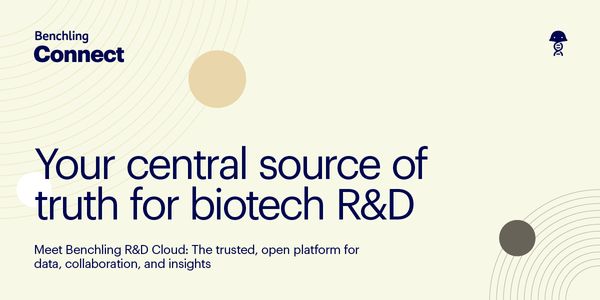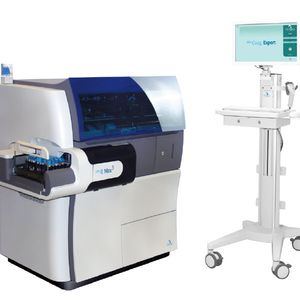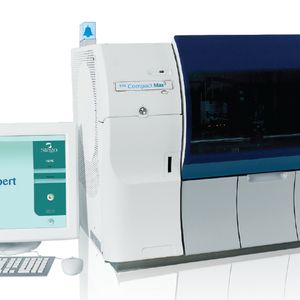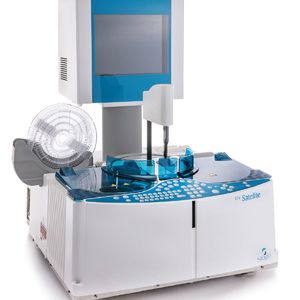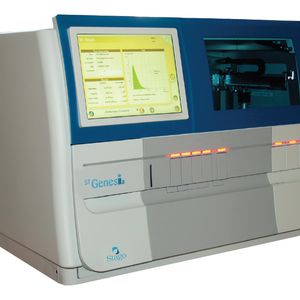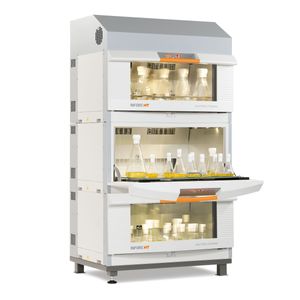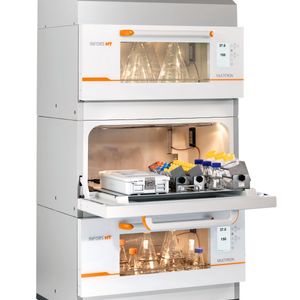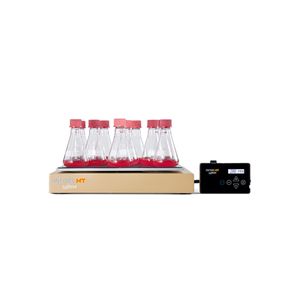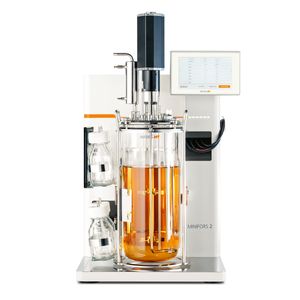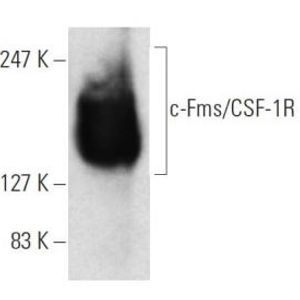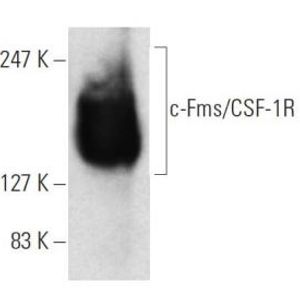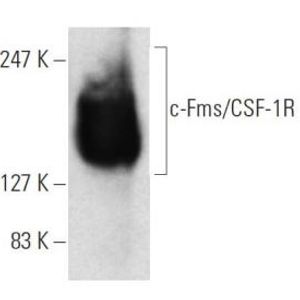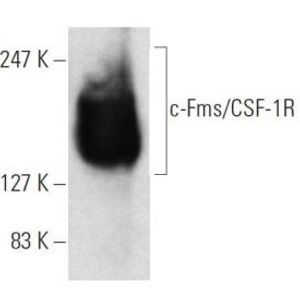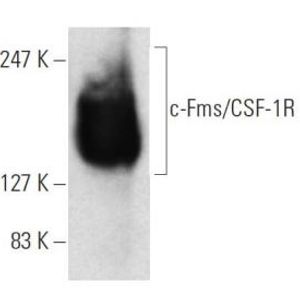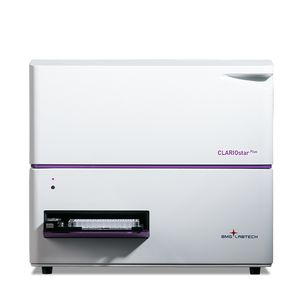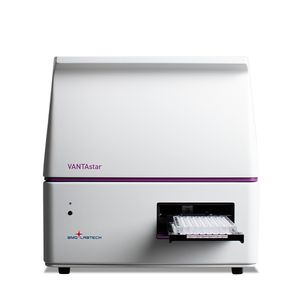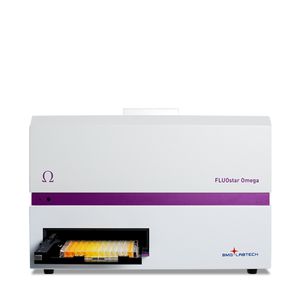Health & Medicine Webinars
Learn about the latest medical breakthroughs by participating in webinars on topics surrounding disease, prevention and treatment in accordance with the latest research in health and medicine. Updates encompass a biological, psychological and sociological understanding of health.
Show More
-
NOV 14, 2023 | 9:00 AMEvery R&D company faces similar challenges when integrating lab instruments into a scientific process. Teams require accurate, usable instrument data, and as companies scale, they’...
-
NOV 14, 2023 | 8:00 AMRNA-Seq remains a critical and robust methodology in understanding cellular and organismal changes associated with development and disease. Advances in automation have helped reduce the cost...
-
NOV 14, 2023 | 6:00 AMC.E. CREDITSIt is over half a century since haemoglobin A1c (HbA1c) was recognised by medical professionals; the importance of HbA1c to the long term health of people with diabetes was clearly demonstra...
-
NOVEMBER 09, 2023 2:00 PM ETEnvironmental testing involves the analysis of various environmental samples, such as air, water, soil, and sediment, to identify and quantify the presence of pollutants, contaminants, and o...
-
NOV 09, 2023 | 9:00 AMIn this webinar, you’ll learn how to address your lab’s purification pain-points with methods and instrumentation to maximize your budget, time and increase overall efficiency. D...
-
NOV 09, 2023 | 6:00 AMIn this talk we will explore the application of Multiplexed Error-Robust Fluorescence in situ Hybridization (MERFISH) technology to decode spatially regulated disease drivers in human heart...
-
NOV 09, 2023 | 6:00 AM‘My supplier has the wrong Reference Intervals’. For laboratorians, working with Reference Intervals included in the manufacturer’s Instruction for Use inserts might not al...
-
Quantitative genetic analysis plays a critical role in the research and development of novel biotherapeutics. As a sensitive and precise method for quantitating specific nucleic acid targets...
When building your own infectious disease molecular panels there are many paths to consider. In this interview, we ask Marcus Cognetti and Dr. Ari Frenkel what approach is required to create...
We will discuss the Digital LightCycler System, a digital PCR (dPCR) system for DNA and RNA with 6-color capability for flexible, multiplexed biomarker detection. With advances in sensitivit...
Acute cough is one of the most common reasons for consulting in primary care thus driving considerable antibiotic use and health-care costs. Currently, identification of microbial etiology i...
